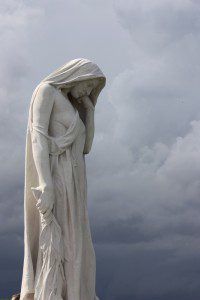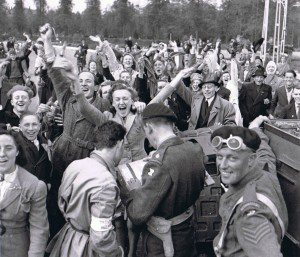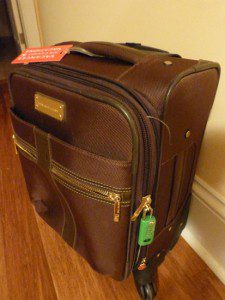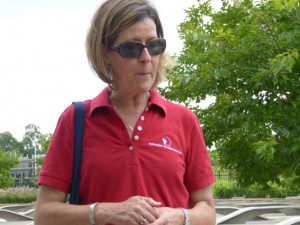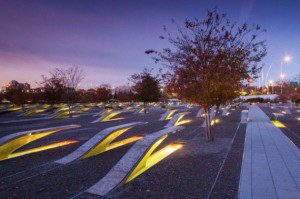
She started looking and listening from the moment she entered the room. Almost as if she were a bomb-sniffing canine, she was casing the space in which Olivia Chow was about to participate in a mayoral debate, Monday evening. I was the moderator and introduced myself. She had a raft of questions about where Ms. Chow would be sitting during the debate, and what the order of speaking would be. Then, just before her candidate entered the room, the handler approached me with one final question.
“How will Olivia know when her speaking time is up?” the woman asked me. “Have you got signs to count her down to the end of her time?”
“No.” I said. “I’ll just tell her she’s got 30 seconds left.”
“I really think you ought to have visual signs for her,” she insisted.
“Don’t worry. I’ve moderated a lot of debates. I don’t think we need visual signals. I’ll just find an appropriate moment, a breath pause in Olivia’s comments, and I’ll gently say, ‘Thirty seconds.’ It should work just fine.” (more…)
